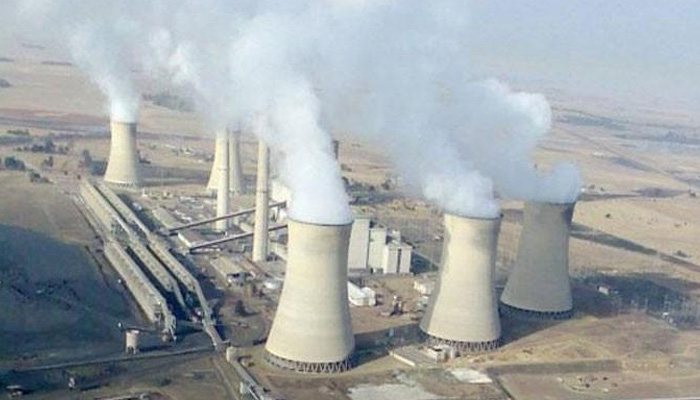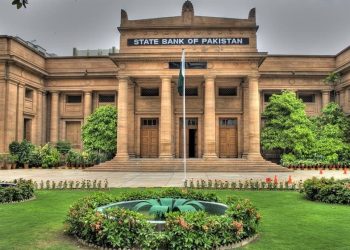Despite repeated tariff increases, buying out several old independent power plants (IPPs), fuel conversions, tax rationalisations and timely subsidy payments over the next two years, the power sector circular debt would stay above Rs1.1 trillion by end of fiscal year 2023 against about Rs2.55tr estimated at present.
But not doing these ‘surgical actions’ is not an option. Without these measures, the circular debt is projected to reach Rs4.7tr by end of FY2023. With some efficiency improvements in terms of five per cent increase in recovery and less than one per cent in technical losses, the circular debt is projected at Rs4.4tr by 2023, but it would be the “tariff rebasings and quarterly adjustments” that will move the needle down to about Rs3.5tr — almost Rs1.1tr in two years.
Putting this on the table, the authorities are reported to have reached close to an understanding with Chinese financial institutions on projects under the China-Pakistan Economic Corridor (CPEC) that will reduce financial burden on the government by Rs5 billion during next fiscal year (FY2022) and Rs25bn in FY2023 i.e. Rs30bn in two years. The saving is mainly on account of extension of debt tenor.
This is part of the revised circular debt management plan (CDMP) that would be presented to the federal cabinet this week for approval and implementation. It has already been shared with the lenders. But the proof of the pudding is in the eating.
Revised circular debt management plan to be presented to cabinet for approval.






